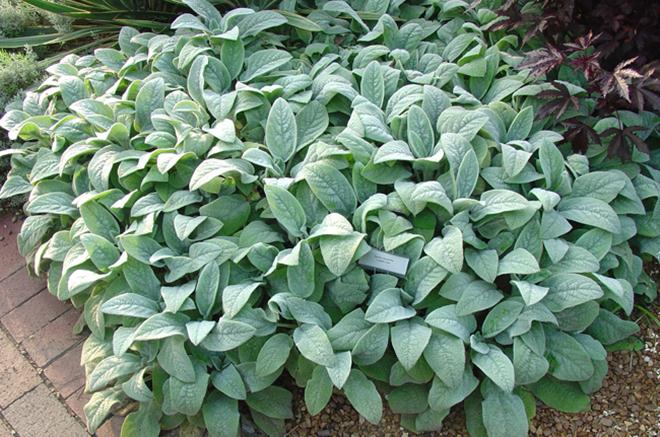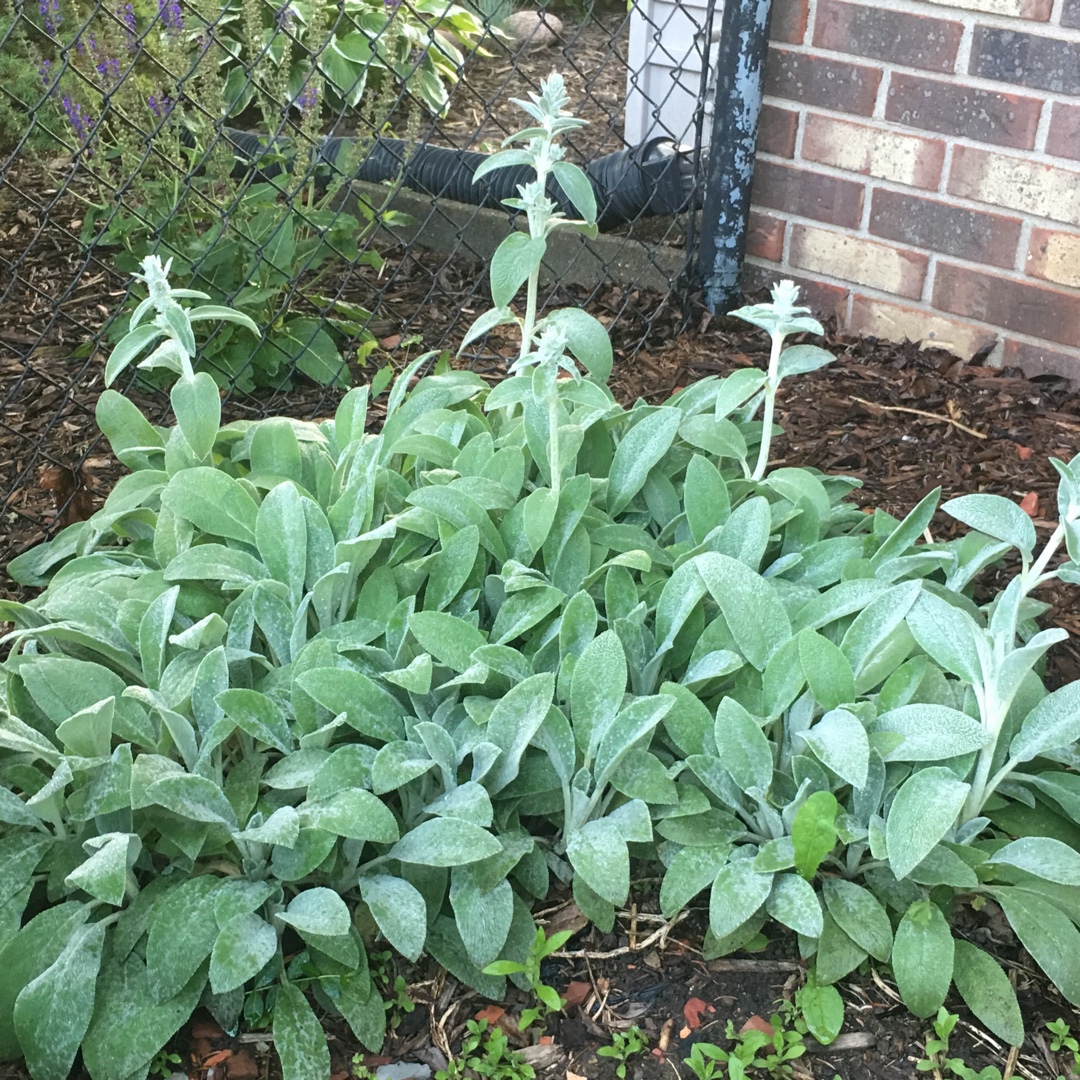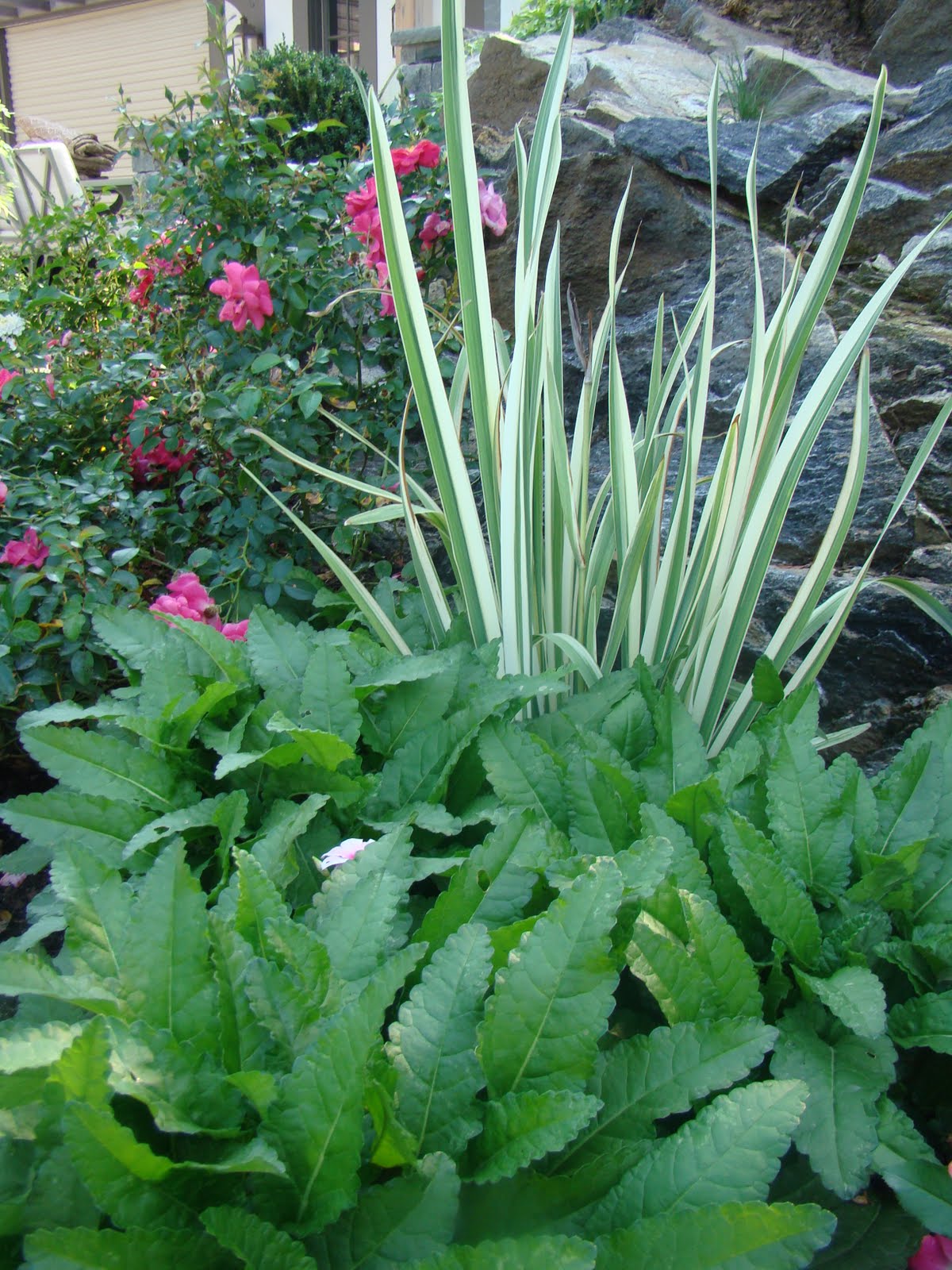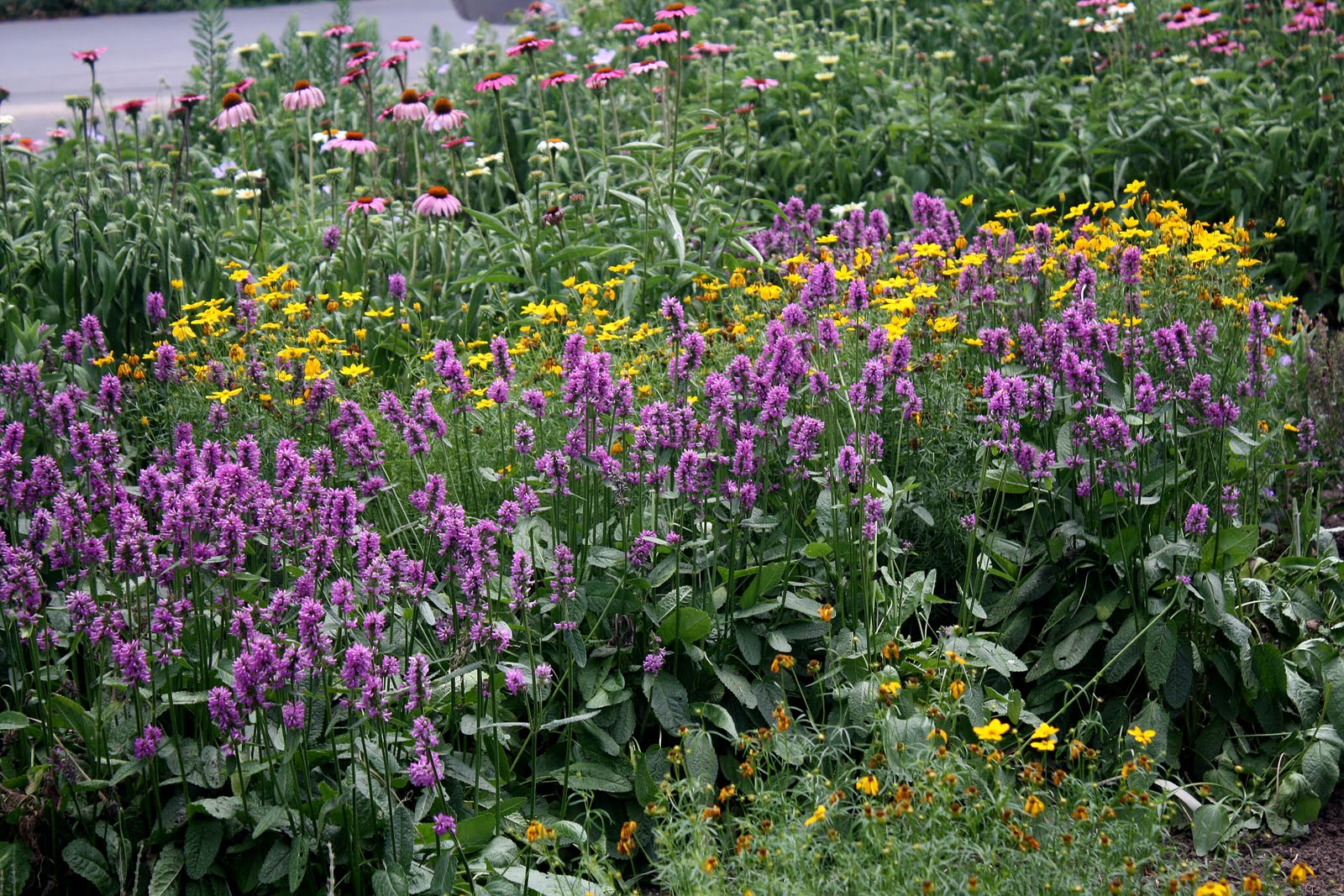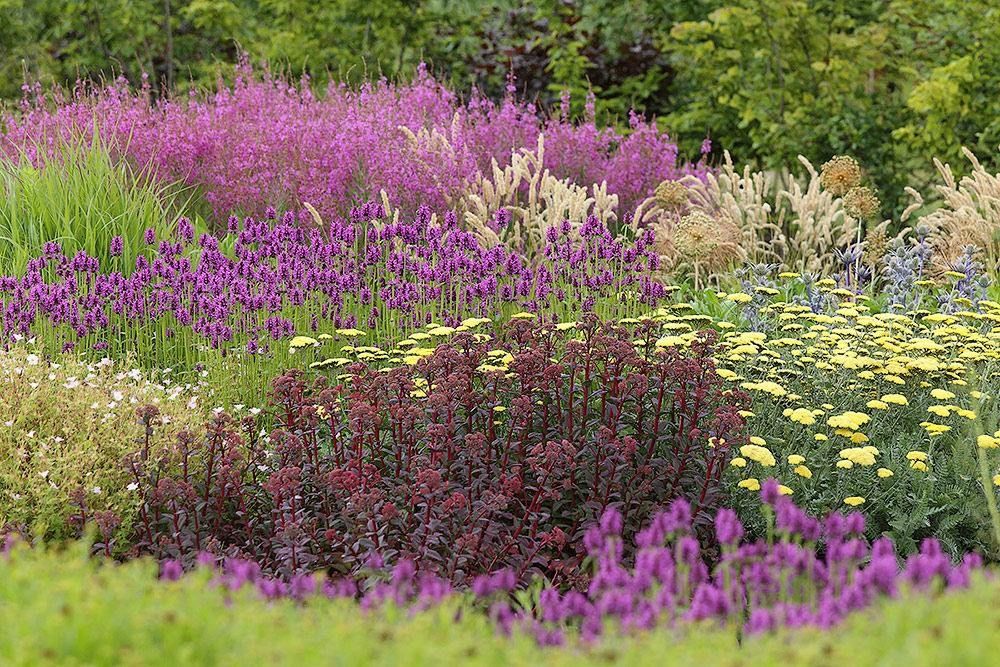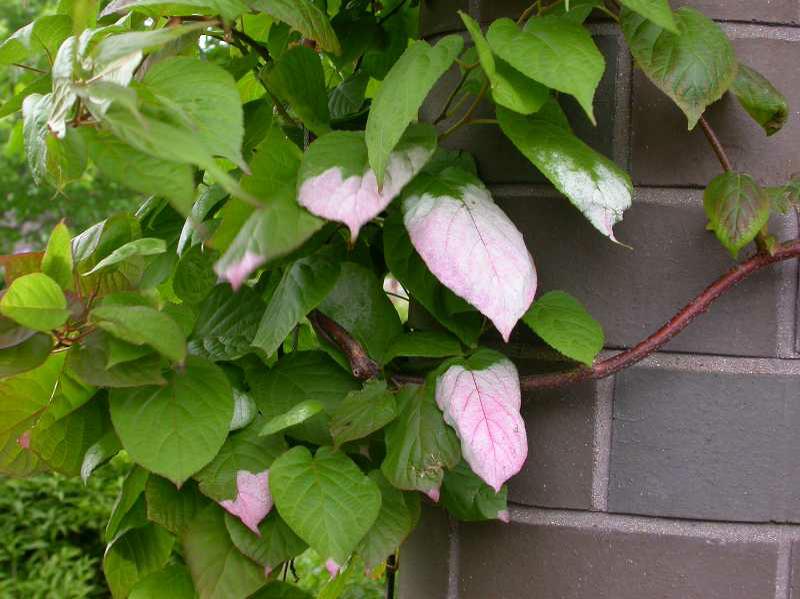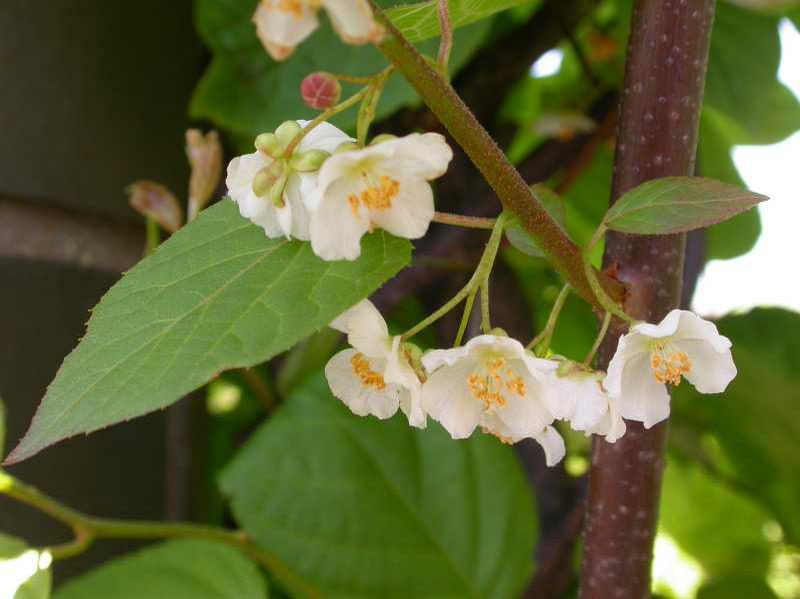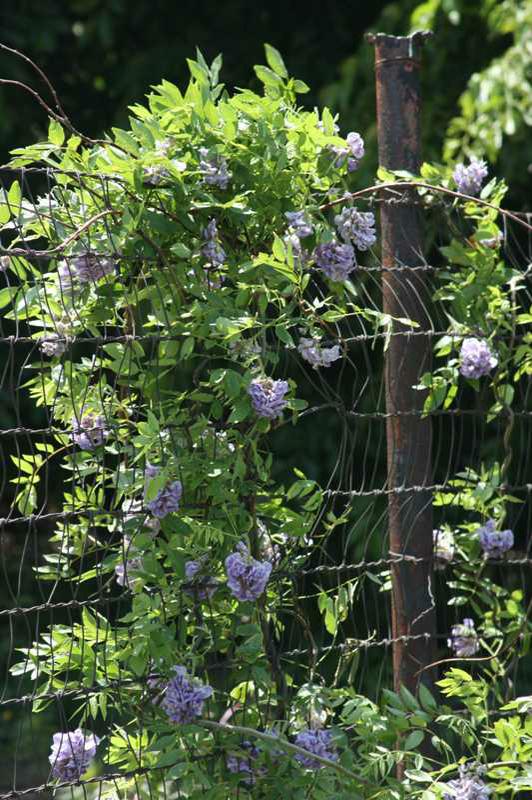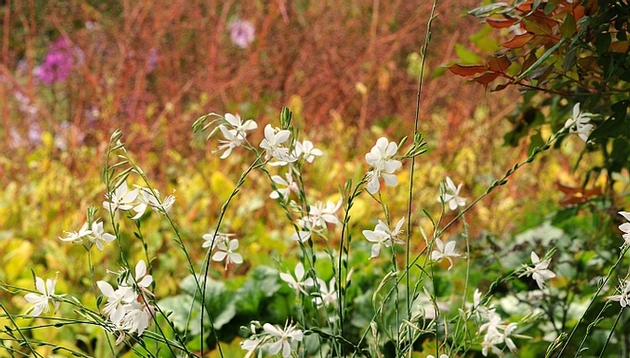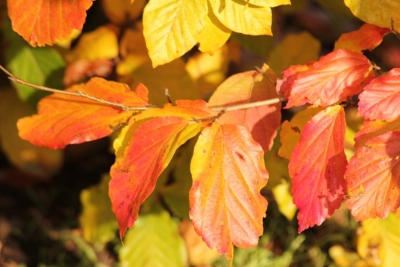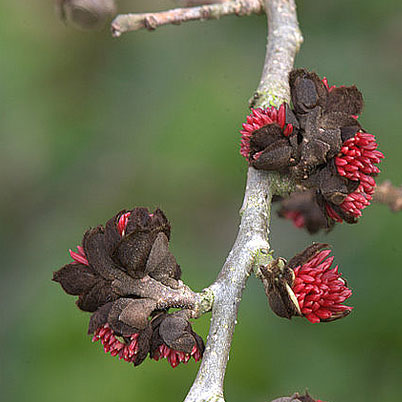The Perennial Plant of the Year is selected by the Perennial Plant Association (PPA) based on the following criteria:
• Suitable for a wide range of climatic conditions
• Low Maintenance
• Pest and disease resistant
• Readily available in the year of release
• Multiple season interest or excellent foliage
• Easily propagated by asexual ( division or cuttings) or seed propagation
Stachys monieri ‘Hummelo’ (Hummelo Betony aka Lamb’s Ears) is a low-growing perennial that thrives in sun to part-shade and well-drained soil. It is a cousin to the perhaps more familiar form of Lamb’s-Ears, Stachys byzantina (fuzzy, silvery large leaves and flowers that a lot of people remove right away) but not at all similar. ‘Hummelo’ forms large, mounded clumps of crisp green (non-fuzzy and somewhat crinkled) foliage. Its foliage is attractive when its not in bloom, but not as showy as that of Stachys byzantina. The real show comes in early to mid-summer, when sturdy spikes of lavender-rose flowers shoot up through the foliage, putting on quite a display.
Though this plant might be relatively unknown to many gardeners, it makes a unique addition to any sunny border. Once you try it, you'll see that it goes with just about everything else in the garden. It is very easy to grow, and its flowers attract bees and other pollinators. Removing faded flowers will encourage more buds to form for weeks on end. ‘Hummelo’ is an interesting and unusual perennial for near the front of the border. Plants may be clipped back hard immediately after blooming, to tidy up the clumps for the rest of the season. Easily divided in early spring.
Stachys m. 'Hummelo' received the highest rating out of 22 Stachys studied in the Plant Evaluation Trials at the Chicago Botanic Garden. The trial was run from 1998-2004 by Richard G. Hawke. Both Stachys byzantina 'Helene von Stein' (aka 'Big Ears') and 'Silver Carpet' also received very high scores.
Perhaps best of all, this cultivar came from Piet Oudolf’s garden and is one of his much-used favorites that you’ve seen many times in pictures and probably wondered: what is that pink flowering plant??!
Stachys ‘Hummelo’ is a reliable, deer-resistant and pest-free garden plant. Zones 4-8A
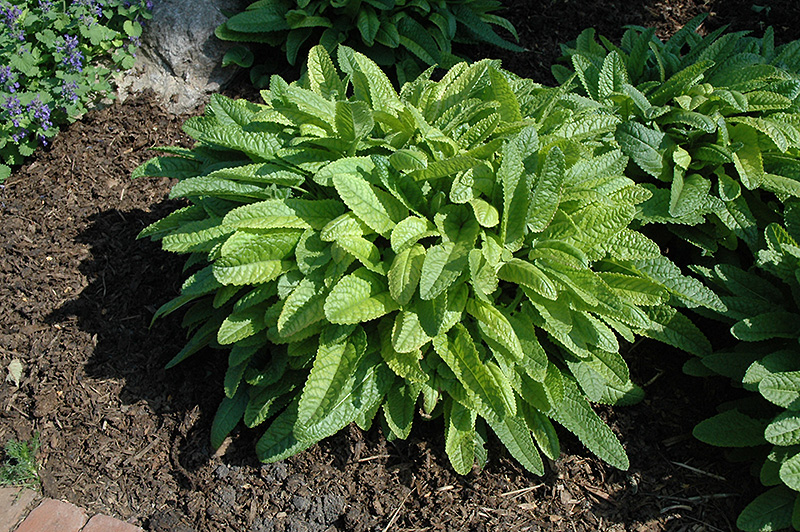
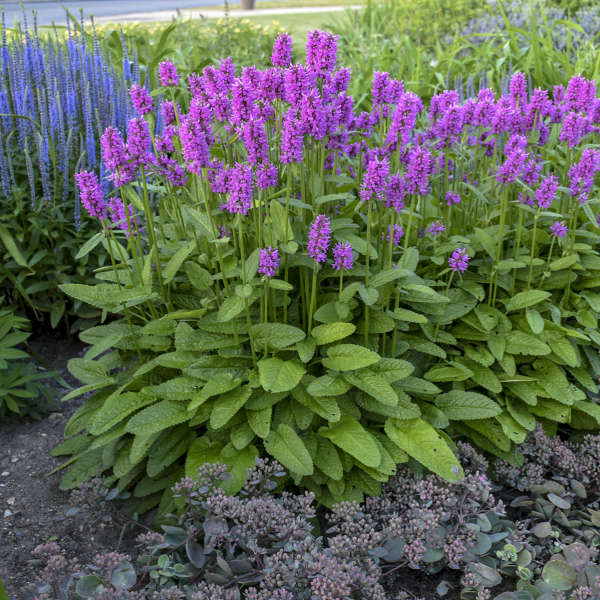

Here are the two different Stachys species side-by-side (S. byzantina on top and S. monieri below) - you can definitely see the similarities!
…and here it is in some Piet Oudolf-designed plantings…
And for good measure, lets remember some of the previous winners. I often say that you could make a perfectly beautiful perennial garden just using plants from this list, which now goes back more than 20 years. … “should auld acquaintance be forgot…”
Allium ‘Millenium’ (2018)
Amsonia hubrichtii (2011)
Geranium ‘Biokovo’ (2015)
Geranium ‘Roseanne’ (2008 - 10 years ago!)
Japanese Painted Fern (2004)
Hellebore X hybridus (2005)
Penstemon digitalis 'Husker Red' (1996)
